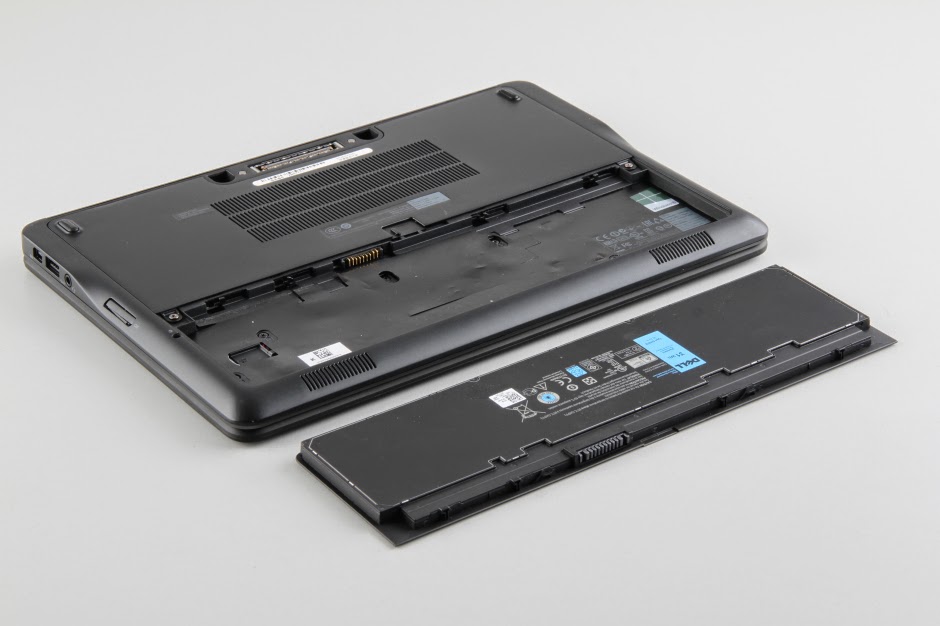
There’s nothing more disappointing than being in a classroom, a meeting or making that superb presentation and alas! you get that low battery signal on your screen. While plenty of laptops don’t have removable batteries, yours may not fall into that category, so swapping the empty one out for a fully charged spare might save your day. But what about those that aren’t so lucky? What is the way out when faced with such challenge?
Laptop batteries are made from lithium-ion batteries that have an average of 600 charge cycles and will work optimally for about four to five years without a drastic depreciation on battery life and with the latest laptops out now, working on the move has never been easier, but even with them being modern, most are still subjective to battery drain. It all boils down to power consumption and of course, you need to reduce yours to the lowest percentage if you want to get that presentation or work finished. Below are tips to extend your laptop’s battery.
Although none of these tips will actually increase the amount of power left in the battery, but instead will reduce the amount of power the laptop is using, letting you squeeze in a few more precious minutes before the battery goes off.
1. Dim your screen
This is by far the biggest power drain on most laptops. Dimming the screen brightness can add 30-45 minutes or more to your battery life.Obviously when your laptop isn’t in use, it’ll be sleeping, but when it is in use, you can save some juice by keeping the screen brightness as low as possible (while still being usable, of course.) Virtually all laptops have keyboard shortcuts to adjust the brightness.
The screen brightness button is usually located as a second function of one of the F keys, and is represented by a little sun symbol with up and down icons. To use it, just hold down the correct function key and then choose up or down.

2. Switch off WiFi
When not in use, you don’t need your WiFi on. WiFi drains the battery a lot when switched on, so to save power, you need them off when away from wireless networks. Most laptops have a function button that enables you to disable the wireless adaptor manually to save yourself the unnecessary waste, but older laptops often don’t have this. If your laptop falls in this category, go to the Control Panel, access the Network Connections menu and disable your wireless connection manually.
![]()
3. Battery Backup
This should be one of the easiest way to ensure you have enough battery power. I mean what could be more easier than carrying an extra battery along? You can get an extra battery by ordering directly from the manufacturer, or purchased from a third-party company, usually for less than £75. Swap the old battery for the new when charging, and bring along the charged-up spare whenever you expect to be away from a power outlet.

4. Switch off unused devices and ports
The easiest way to reduce power consumption is to simply TURN STUFF OFF. Every component in your laptop needs power to function, but that doesn’t mean you need to power all of those components all of the time. Take the simple measure of turning off unneeded peripherals, like Bluetooth radios, graphics processors, unused optical drives and built-in webcam. Many laptops have function buttons to turn off the built-in webcam, which drains the battery if given the chance. And switch your speakers to mute if you’ve no need for sound – your laptop beeping every time it gets an email or boots Windows can be a drain.
![]()
5. Manage your memory
You have 10 or even 20 tabs open in your web browser, there’s a strong probability you’ll benefit from longer battery life if those tabs are closed. The same goes for running lots of applications at the same time. When you run lots of programs, or have lots of photos open in an editor, you’ll use up all the free system memory. Anything after that has to be ‘paged’ to the hard disk, which is a mechanical device in many laptops.
This not only slows your computer down but also increases battery life. One quick fix is to install more memory in your laptop but keeping the bare minimum of programs and tabs open is another way.
Following these strategies will help you save more on that battery but if you’re in the market for a new or refurbished laptop check out our store for the latest models and of course, best battery life.